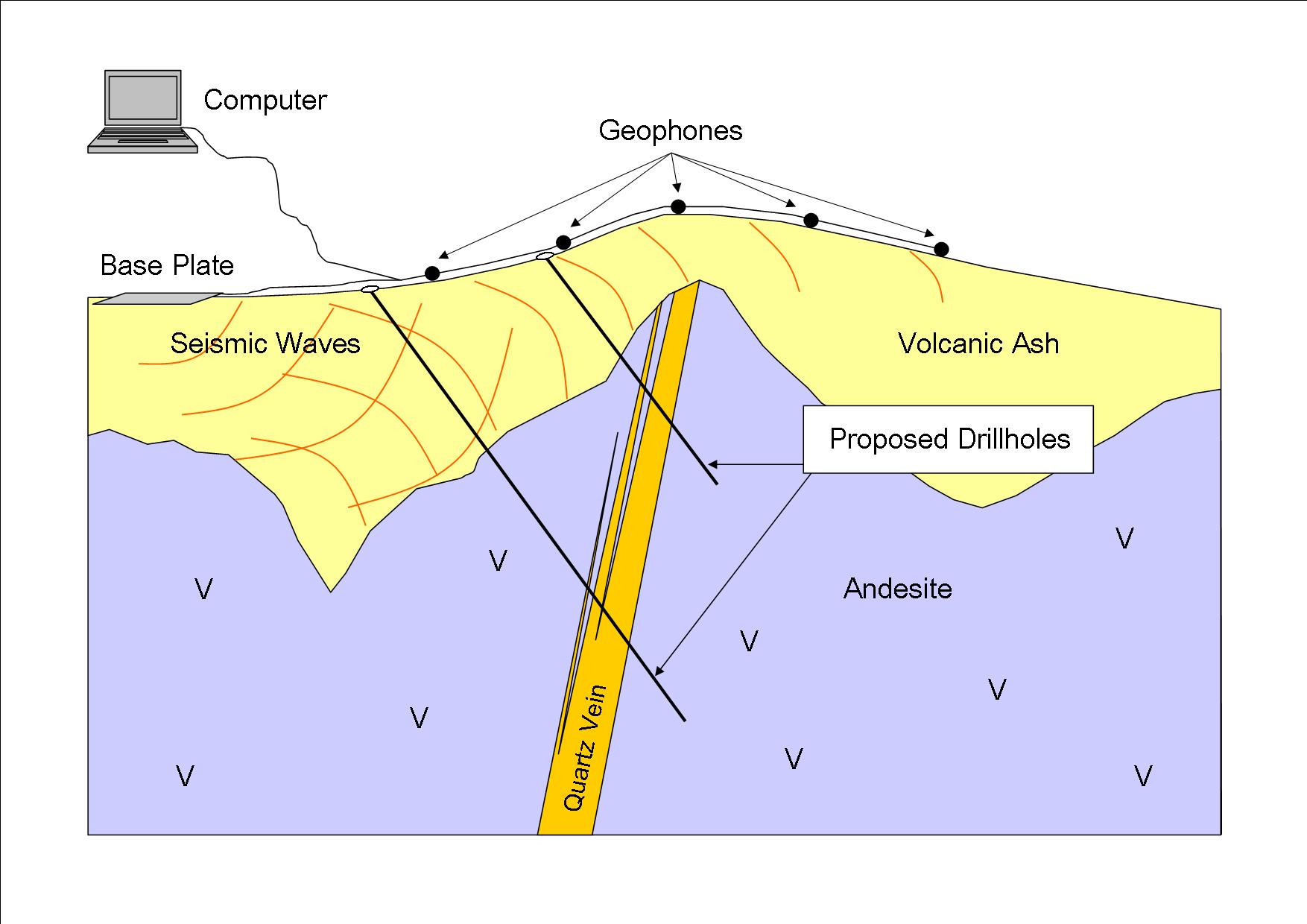All Categories
Featured
Table of Contents
Geophysical Surveying in Alexander Heights WA 2020
Much of the image includes blank areas now with little or no radar action. The "yard" wall is still revealing highly, however, and there are continuing tips of a tough surface in the SE corner. Time slice from 23 to 25ns. This last slice is now almost all blank, however a few of the walls are still revealing highly.
How deep are these slices? Sadly, the software I have access to makes approximating the depth a little tricky. If, however, the top three pieces represent the ploughsoil, which is probably about 30cm think, I would guess that each slice is about 10cm and we are just coming down about 80cm in total.

Luckily for us, most of the sites we have an interest in lie just listed below the plough zone, so it'll do! How does this compare to the other approaches? Contrast of the Earth Resistance data (top left), the magnetometry (bottom left), the 1517ns time piece (top right) and the 1921ns time piece (bottom left).
Glad You Asked: What Are Seismic Surveys? in Midland WA 2020
Magnetometry, as gone over above, is a passive method determining regional variations in magnetism versus a localised zero worth. Magnetic susceptibility survey is an active technique: it is a step of how magnetic a sample of sediment could be in the existence of an electromagnetic field. Just how much soil is evaluated depends upon the size of the test coil: it can be really small or it can be relatively large.
The sensing unit in this case is really small and samples a small sample of soil. The Bartington magnetic susceptibility meter with a big "field coil" in usage at Verulamium throughout the course in 2013. Top soil will be magnetically enhanced compared to subsoils merely due to natural oxidation and reduction.
By determining magnetic vulnerability at a reasonably coarse scale, we can discover locations of human occupation and middens. We do not have access to a reputable mag sus meter, but Jarrod Burks (who assisted teach at the course in 2013) has some excellent examples. Among which is the Wildcat site in Ohio.
Greeley-evans Area 3d Geophysical Survey in Mundijong Australia 2023
These towns are frequently laid out around a main open location or plaza, such as this reconstructed example at Sunwatch, Dayton, Ohio. Sunwatch Town, Dayton, Ohio (image: Jarrod Burks). At the Wildcat site, the magnetometer study had actually located a variety of features and houses. The magnetic susceptibility study assisted, nevertheless, define the primary area of profession and midden which surrounded the more open area.
Jarrod Burks' magnetic vulnerability survey arises from the Wildcat website, Ohio. Red is high, blue is low. The technique is therefore of terrific usage in defining locations of general profession rather than determining specific functions.
Geophysical surveying is a used branch of geophysics, which utilizes seismic, gravitational, magnetic, electrical and electro-magnetic physical methodologies at the Earth's surface area to measure the physical properties of the subsurface - Importance Of Geophysical Surveys — Methods And Uses in Western Australia 2021. Geophysical surveying techniques usually measure these geophysical homes in addition to anomalies in order to examine different subsurface conditions such as the presence of groundwater, bedrock, minerals, oil and gas, geothermal resources, voids and cavities, and much more.
Latest Posts
Geophysical Survey - Salisbury Archaeology in South Guildford Aus 2021
Geophysical Survey in Yangebup Aus 2022
Working As A Geophysicist And Oceanographer In Canada in Singleton Aus 2022